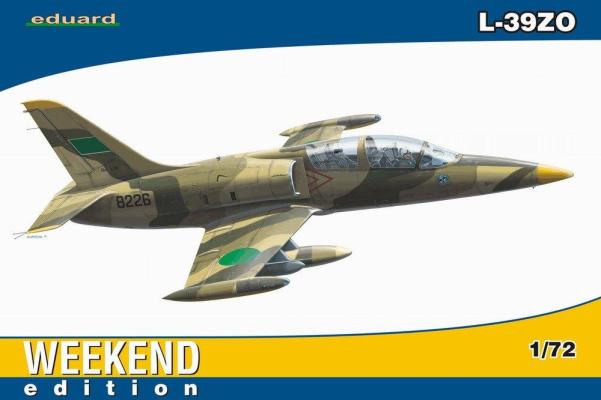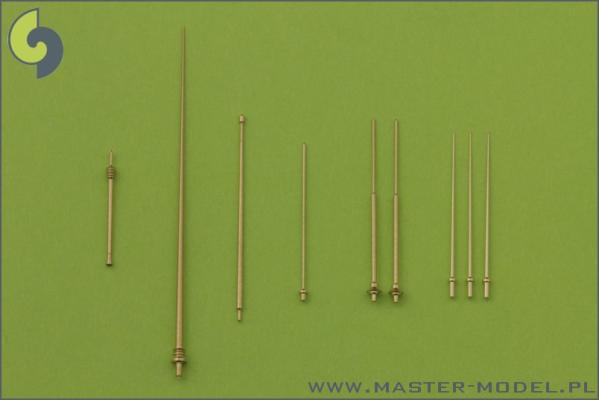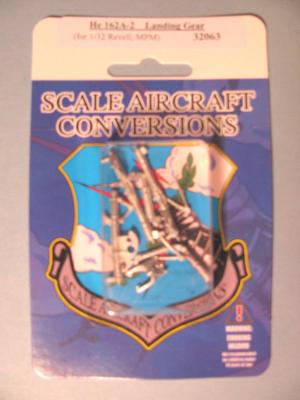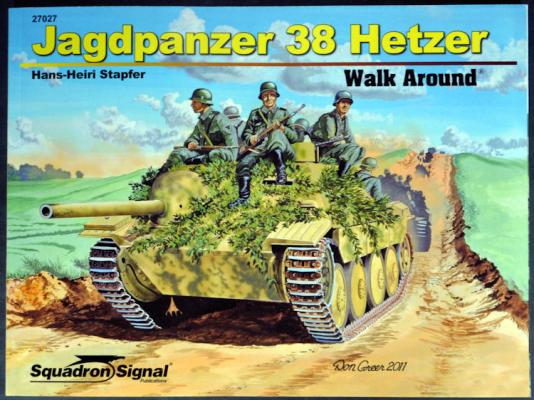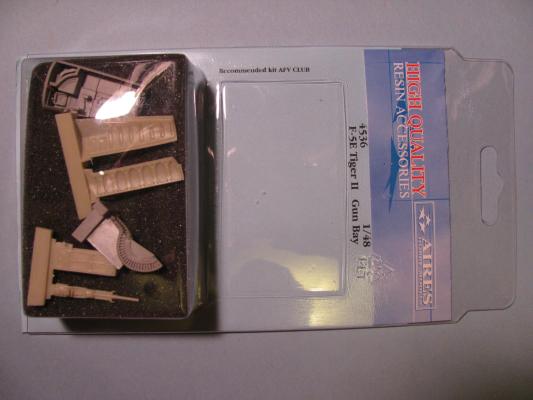This elegant looking jet trainer has been in service with numerous air forces for many years and has even become a common sight at “warbird” fly-ins. Several years ago, Eduard released an exquisite little model of this trainer. Their latest version is the “Weekend Edition,” a more basic boxing of their “Original,” “Dual Combo,” or “Profipak” releases. To meet the “weekend” criteria, this kit has no photo-etched frets, resin pieces, masks, or decals for multiple marking options. What you get instead is the all-plastic, basic kit with decals for one scheme: the Libyan Air Force Academy circa 1985. Included in the box are 56 pieces molded in tan plastic, six pieces of clear parts, a decal sheet with lots of stencil/data markings, and a six page instruction booklet. All the pieces are crisply molded with excellent surface detail. The decals are on register with the instrument panel renditions among the best I’ve seen in this scale.
Welcome to the IPMS/USA Reviews site!
Introduction: The primary organization of the IPMS/USA Review website is by IPMS/USA National Contest Class. Within each Class there are sub-menus by kits, decals, books, etc. The Miscellaneous Class is for items that are not class specific or that cross two or more classes.
IPMS/USA Members: We encourage you to submit reviews, both here and to the Journal. To volunteer for membership in the IPMS/USA "Reviewers Corps" and submit your own reviews, please read the Guidelines For Submitting Product Reviews.
Manufacturers, publishers, and other industry members: IPMS/USA is pleased to offer your company the opportunity for product reviews. All product reviews are performed by IPMS/USA members, and are posted in the publicly-accessible section of our website. With very few exceptions, we perform full build reviews of new kit releases, aftermarket products, and supplies. If you would care to provide product samples for review, please contact John Noack, IPMS/USA 1st VP.
To learn more about IPMS/USA, please see our About Us page.
As a little something different, I am going to begin this review with a story relating to my introduction to the USS Independence LCS-2. Over Thanksgiving week in 2010, my family and I were traveling to Virginia Beach to spend the holiday with my in-laws (no jokes here, they really are great people). When we first arrived in the Hampton Roads area, we stopped at my favorite hobby shop in the country, at least of all the ones that I have been in. There on the end of an aisle was a brand new release from Trumpeter of the USS Independence (kit 04548), a new littoral combat ship with a trimaran hull. Although I am a former carrier sailor, I had to have this kit in my stash, as it was incredibly state of the art in its appearance. While talking to the owner of the store when I was checking out, he mentioned that the ship was moored in Norfolk that week, and this set my mind to work.
First flown in December of 1944, the Heinkel He 162 Volksjager (people’s fighter) was known as the “ninety day wonder” as it went from an Air Ministry requirement to prototype in a mere three months. Like the other jet fighters of the day, it relied upon the BMW 003 turbojet engine, which was highly demanded as the Second World War drew to a close. The plane was 29 feet 8 inches in length, had a wingspan of 23 feet 7 inches, and stood 8 feet 6 inches tall. The A-2 variant carried a pair of 20mm MG 151 cannons with 120 rounds per gun. Depending on the source, between 238 and 320 of these aircraft were built. Something that I found unique is that the Volksjager, which is often referred to as the Salamander, was built under the code name “Sparrow”, which is what the Heinkel company called the plane during construction.
Yet another in the long established series of military vehicle monographs from Squadron Signal Publications under their “Walk Around” range, this particular title covers the Jagdpanzer 38 Hetzer. The book is in softback (card cover) format, 80 pages in length, with the glossy paper pages measuring 11 x 8 inches. The same title is also available in a hardback format, should you wish to spend the additional money.
Those familiar with this series of books will not be disappointed, as it follows the tried and true Walk Around format: the reader is given a brief written history of the Hetzer range of vehicles, a late war armored, tracked tank destroyer based on the Panzer 38(t) chassis. The Hetzer became the most widely used tank destroyer employed by German forces in WW2.
Being that this detail set is denoting the gun bay of an F-5E Tiger II, I will begin with a little history of the M39A2 cannon, which is represented in this set. This weapon was developed by the Springfield Armory in the late 1940’s, and was based upon the German Mauser MG 213. The design was a five-shot revolver firing 20mm by 102mm projectiles at a rate of 1500 rounds per minute at a velocity of 3300 feet per second. The M39A2 was first released in 1964, but the M39 guns themselves entered service in 1952, and were mounted within the F-86H, F-100, F-101A and C, as well as the F-5 variants. Ford and Pontiac are among the companies who manufactured the M39 cannons, and some 35,500 have been produced. The M39A2 itself weighs 178.5 pounds and is just over six feet in length.











